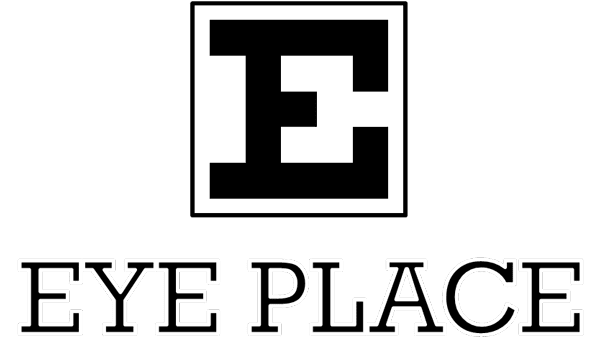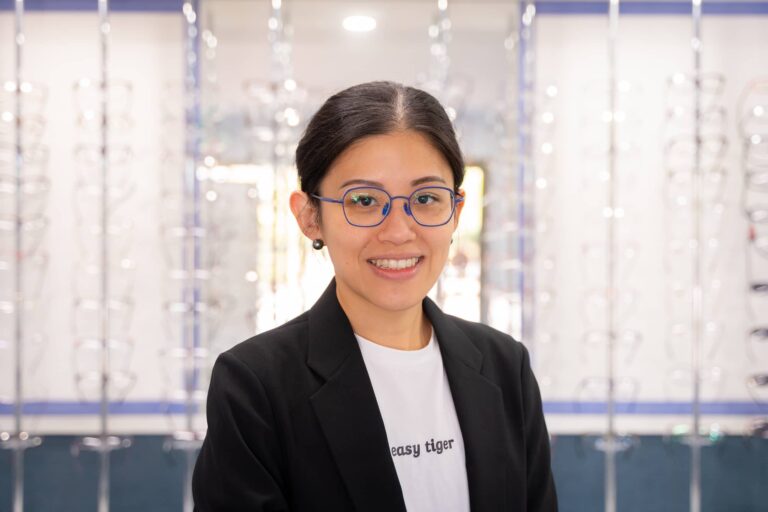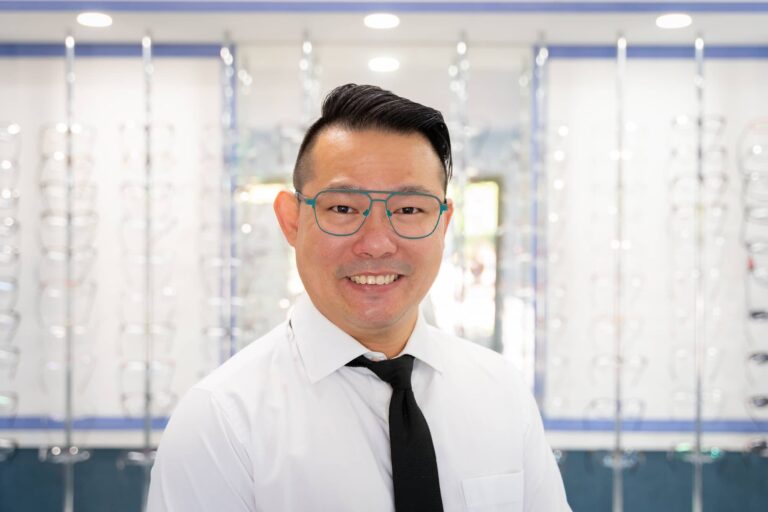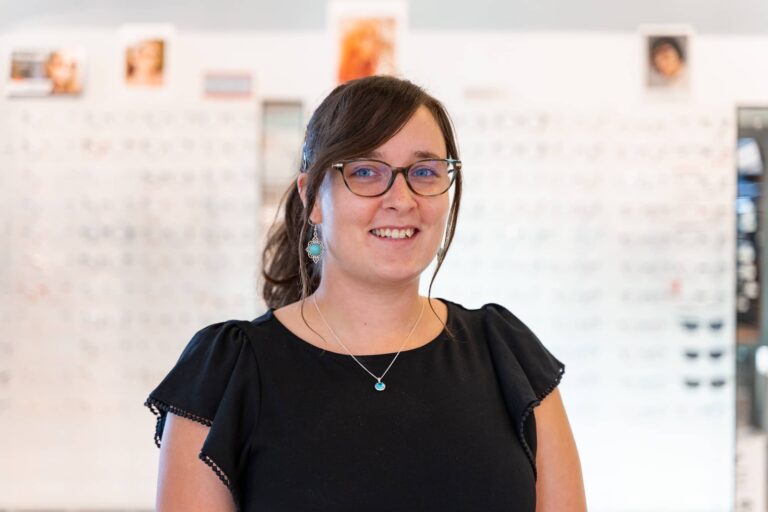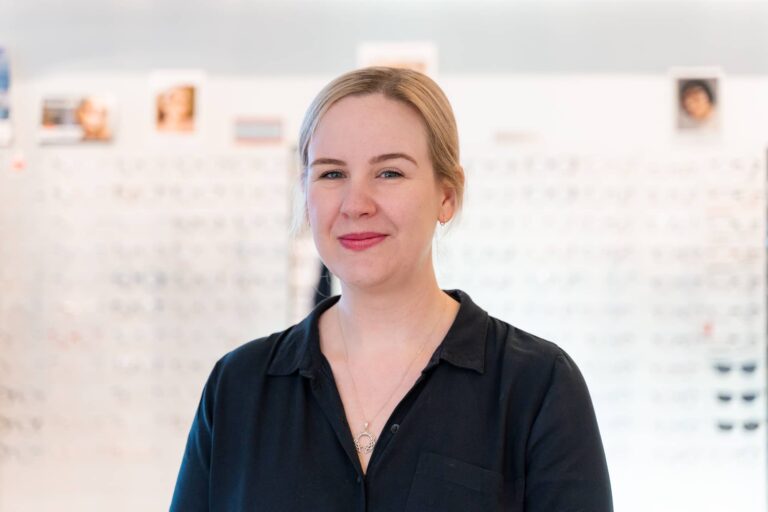Start the school year with clear vision and confidence. Click here to book an eye test and improve your child’s learning and success.
Myopia Clinic Perth
We are proud to have established ourselves as Perth’s leading Myopia control clinic.
We have the ability to prescribe/accredited to prescribe the following treatment options: low dose atropine compounded topical eye drops, OrthoKeratology/OrthoK, Misight soft daily disposable contact lenses, Miyosmart peripheral defocus spectacle lenses, as well as access to all other/less popular options (Naturalvue and Mark’Ennovy myopia control lenses, MyoKids spectacle lenses, Myovision peripheral defocus spectacle lenses, Myopilux Pro spectacle lenses, Myopilux Max bifocal spectacle lenses and soon, Stellast peripheral defocus lenses).
Providing Expert Myopia Treatment for Clearer Vision
At E Eye Place, we specialise in finding and managing myopia using the innovative Myopia Simulator. This tool allows us to visually demonstrate how short-sightedness could progress in your child over time. By inputting individual data, the simulator shows potential future vision scenarios, emphasising the importance of early intervention. Our personalised strategies aim to slow down myopia progression, safeguarding your child’s eye health. Visit E Eye Place to experience how our advanced technology can help protect your child’s vision.
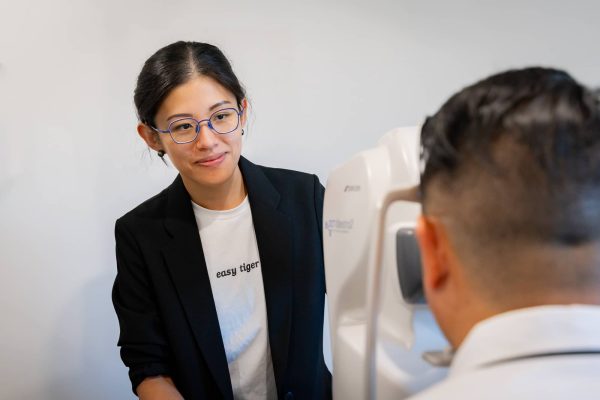
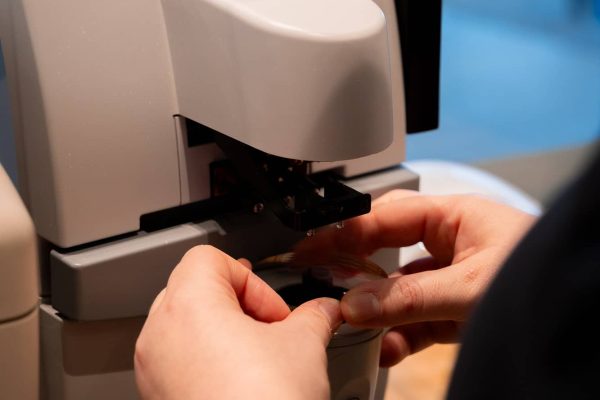
What is Myopia? (short-sighted)
Myopia, also known as short-sightedness or nearsightedness, is a refractive error causing difficulty seeing objects at a distance while near objects appear clear. The problem occurs because the shape of the eye causes light rays to focus in front of the retina instead of directly on it. The result is excessively blurred vision.
The meaning of short-sighted or short-sightedness is the same as that of myopia. It is a refractive error where people struggle to see objects at a distance. The eye’s shape causes light rays to focus in front of the retina rather than directly on it. This causes blurred vision, which is characteristic of myopia.
Signs and Symptoms of Myopia or Short Sightedness
Early intervention provides the best outcome in myopia treatment. This makes catching signs indicating a vision problem vital for optimal myopia management and treatment. Common indicators include:
- Blurred vision when looking at distant objects
- Squinting to see more clearly
- Frequent headaches or eye strain
- Difficulty seeing at low light conditions, especially at night
- Needing to sit closer to the television or computer screen
Myopia Control
Myopia Therapy also known myopia control, is crucial for the future of your eye health. Some ways to control your myopia include:
- Increase Time Spent Outdoors: Studies suggest that spending more time outdoors and exposure to natural sunlight may help reduce the risk of developing myopia. This is important especially for young and growing children, when myopia has not emerged.
- Reduce “Up Close” Time: Spending too much time looking at objects up close has been been linked to an increased risk of myopia.
- Reduce Screen Time: Spending excessive time staring at electronic devices have been linked to an increased risk of myopia.
- Peripheral defocus Prescription Glasses or Contact Lenses: These corrective lenses help focus light correctly on the retina, improving distance vision and preventing growth signals on the peripheral retina.
- Orthokeratology (Ortho-K): This method involves wearing specially designed gas-permeable contact lenses overnight to reshape the cornea temporarily during sleep. The reshaping allows clear vision during the day without needing glasses or contact lenses.
- Atropine Eye Drops: Low-dose atropine eye drops can help slow down myopia progression. The treatment is especially beneficial for children because the medication helps to delay progression and axial elongation through temporarily regulating the focusing mechanisms and growth mechanisms.
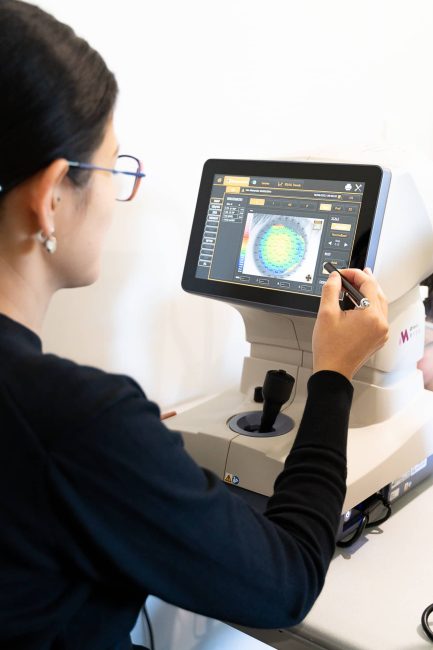
Meet Our Expert Optometrists
Talk With Us & Book Your Appointment Now!
Are you ready for a full-scope optometric service from Perth’s friendly optometrists? Perhaps you have more questions; then we’re more than happy to provide answers. Don’t hesitate to get in touch with us to book a consultation.
Our Optometry Clinics In Perth
Frequently Asked Questions About Myopia
How Do I Know If My Child is Short Sighted?
Monitoring your child looking for signs such as squinting or blurry/hazy vision are the most common signs of myopia in children.
Short sightedness also causes children to have “tired eyes,” which can often lead to headaches. Typically, headaches occur when kids constantly exert efforts to see something far away. Other signs to look for are excessive eye-watering and eye rubbing.
How Can I Help My Child Who Suffers From Myopic Symptoms
Parents should encourage them to spend more time outdoors (with correct eyewear protection), reduce electronic screen use and Keeping books and other materials a good distance.
If your child is showing symptoms of short sightedness, we highly suggest you regularly seek professional help and guidance to prevent long lasting negative effects.
Why Shouldn’t Shortsightedness Be Ignored?
Nearsightedness often progresses when left untreated. If untreated other eye diseases are possible to occur.
The unfortunate truth is that it rarely stops worsening on its own. If no proper treatment is provided, the eyes will suffer and may even lead to blindness.
We suggest early treatment to help stop nearsightedness in its tracks. Without the help of an eye doctor, it’s impossible to manage myopia. As you grow older, like many things, it can become worse and increase your chance of glaucoma, cataracts, detached retina, and macular degeneration.
Can Wearing Glasses Make Myopia Worse?
Wearing glasses cannot negatively impact myopia. However, it’s also important to understand that eyeglasses, particularly the traditional ones, will not solve the cause of nearsightedness.
Eyeglasses simply assist in correcting vision for those who are myopic or nearsighted, where the vision disorder is caused by refractive errors. Specialised treatment can help people with that suffer, especially children. This treatment is important to ensure that it does not progress as they get older.
What’s the Difference Between Myopia and Hyperopia?
Myopia relates to short-sighted vision while Hyperopia relates to long-sighted vision. Short-sighted vision makes objects appear blurry at longer distances, while long-sighted vision makes objects appear blurry at shorter distances.
How to Prevent Myopia?
While Myopia can’t be completely prevented, there are effective ways to slow its progression. Using specific contact lenses, overnight lenses and reducing screen time are all effective ways to reduce the speed at which myopia progresses.
What is the Difference Between Myopia and Astigmatism?
Myopia affects distance vision, while astigmatism causes blurred vision at all distances due to an irregularly shaped cornea.
